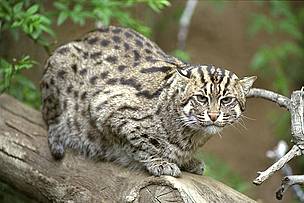Free Courses Sale ends Soon, Get It Now


Free Courses Sale ends Soon, Get It Now



Copyright infringement not intended
Context:
About:
https://epaper.thehindu.com/Home/ShareArticle?OrgId=GEV9T1VOO.1&imageview=0
© 2024 iasgyan. All right reserved